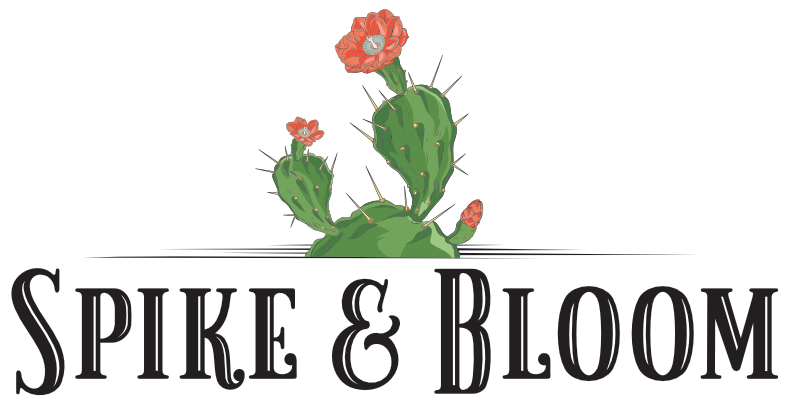Rare Echeveria Hybrids
Rare Echeveria hybrids stand out for their unique shapes, unusual colors, and special leaf textures that you do not find in common types. These succulents grow in striking rosettes, with some hybrids showing shades of blue, maroon, pink, or even rainbow tones. Their eye-catching looks make them a favorite for collectors and anyone who enjoys growing unusual plants.
If you are looking for something different to add to your collection, rare Echeveria hybrids offer many choices. Some have frilly edges, while others have colorful tips or odd bumps on their leaves. These features can change with the seasons or depending on how much sun they get, which adds to their appeal. With so many options, you are likely to find a hybrid that matches your style and growing space.
What Makes Echeveria Hybrids Rare
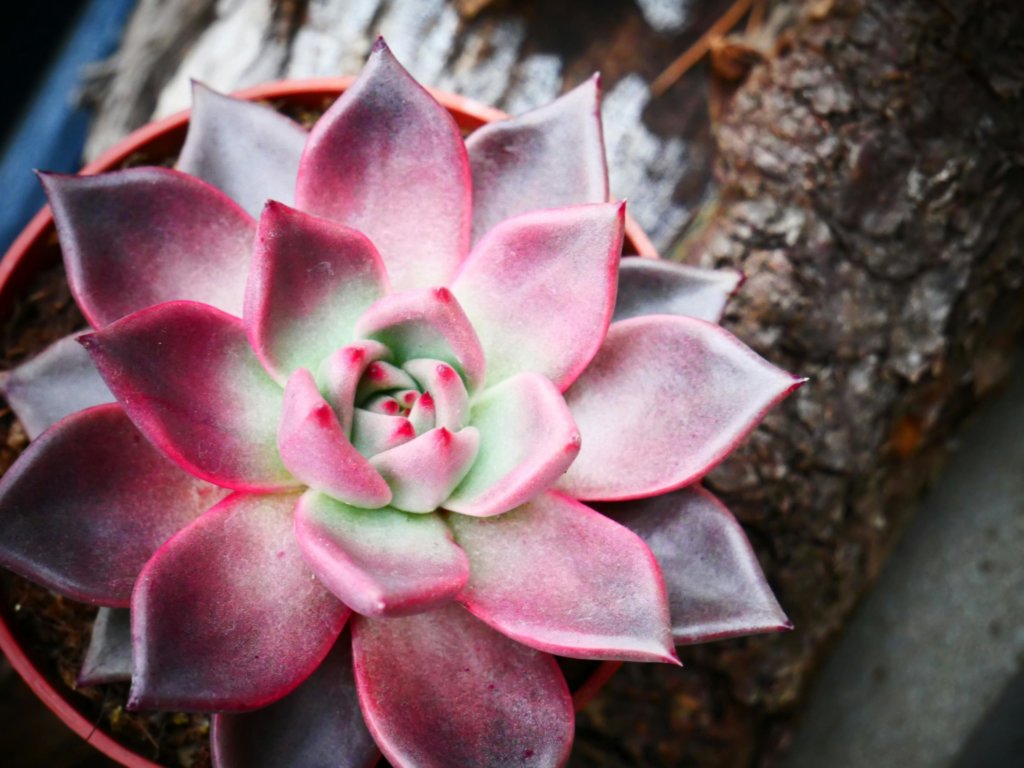
Rare Echeveria hybrids stand out in any succulent collection due to their unusual looks or limited availability. These hybrids attract attention from collectors because of their unique shapes, colors, or the difficulty in finding them.
Defining Rarity in Hybrid Echeveria
Rarity in Echeveria hybrids can be measured in a few ways. Sometimes, a hybrid is rare because it is only available in small numbers or from a limited group of growers. Examples include cultivars released by certain collectors or companies and plants created from unique cross-pollinations.
Certain hybrids are rare because they come from parent species that do not cross easily. Others may take a long time to grow or are difficult to propagate. Import laws and climate restrictions can also make certain hybrids hard to find in specific regions.
A rare succulent hybrid may only be available for a short period before it disappears from the market. Some hybrids become rare by accident, due to a mutation or an unexpected trait that is hard to reproduce.
Desirable Traits in Rare Hybrids
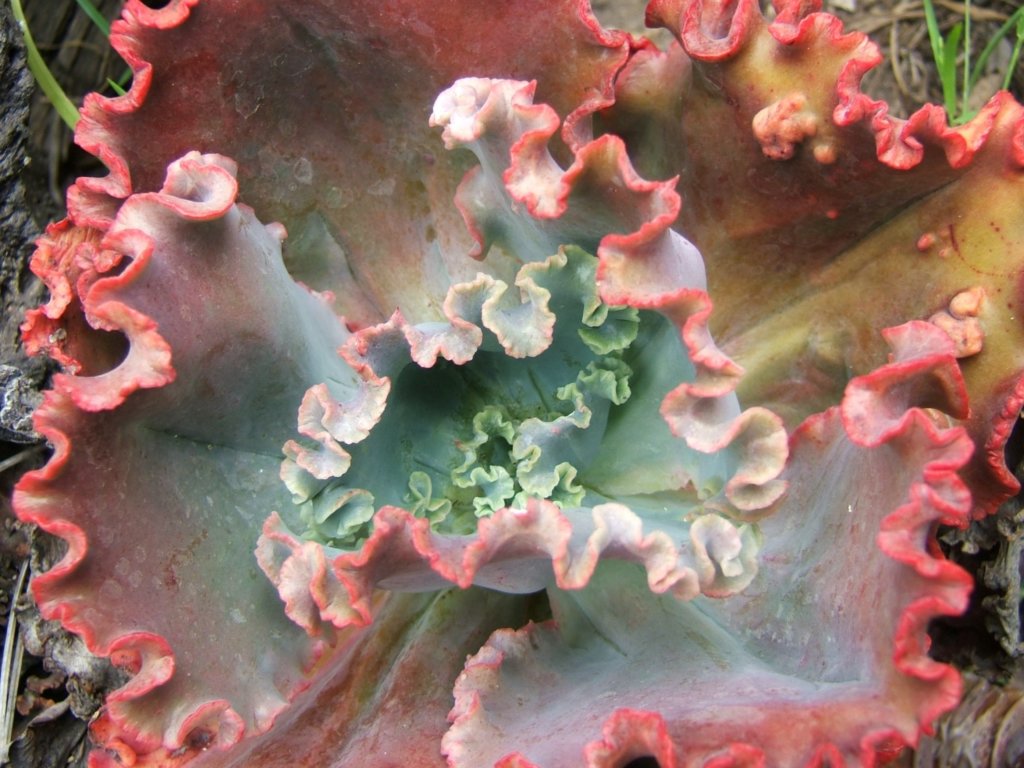
You can spot rare Echeveria hybrids by certain outstanding features. These traits include special leaf shapes, like thick ruffles, deep carunculations (bumpy textures), and unique rosette patterns.
Color is important. Rare hybrids often display strong shades, such as maroon, deep purple, bright blue, or pastel gradients, not usually seen in typical Echeveria. Some hybrids show striking contrasts, like red leaf edges on a green base.
Other appealing features are unusual ways of growing, like upright leaves, frilly edges, or “raindrop” shaped growths at the leaf ends. These traits are usually the result of careful selection by hybridizers over many seasons.
Here’s a simple table of rare traits often found in popular hybrids:
| Trait | Description |
|---|---|
| Carunculation | Raised bumpy growths |
| Frilled leaf edges | Ruffled or curled margins |
| Rare colors | Blues, pinks, deep reds |
| Unique patterns | Spots or gradients |
Differences Between Common and Rare Echeveria Hybrids

Common Echeveria hybrids are often produced in large batches. They are typically easy to find at local nurseries and garden shops. These plants usually have simple rosette shapes and plain green or silver-gray leaves.
In contrast, rare hybrids may only be available online or from specialty growers. They tend to be more expensive and are often traded between collectors rather than sold in stores. Their distinctive looks, slow growth, or limited supply make them harder to get.
Rare hybrids may also need special care compared to the more robust common varieties. For example, some may need more sunlight to bring out their colors or warmer conditions to thrive. Having one of these rare hybrids can make your succulent collection much more unique.
Notable Rare Echeveria Hybrids
Rare Echeveria hybrids draw the interest of many succulent enthusiasts because of their striking looks and unusual features. These hybrids are often created by carefully crossing species with unique colors, textures, or leaf shapes.
Unique Echeveria Laui Hybrids
Echeveria laui hybrids are valued for their pastel tones and powdery coating. These hybrids often have soft blue, lavender, or pink shades that set them apart from common succulents. The thick, waxy coating on the leaves helps protect them from the sun and keeps their colors vivid.
Several laui crosses, such as Echeveria laui × Echeveria lilacina (Echeveria Moondust), have rosettes that combine the silvery finish of laui with the shape of other species. Some hybrids are bred for their large rosettes, which can reach over 6 inches wide.
Notable examples include hybrids with frilled or ruffled edges. These not only add texture to your plant collection but also stand out as display pieces.
Echeveria Elegans Hybrid Varieties
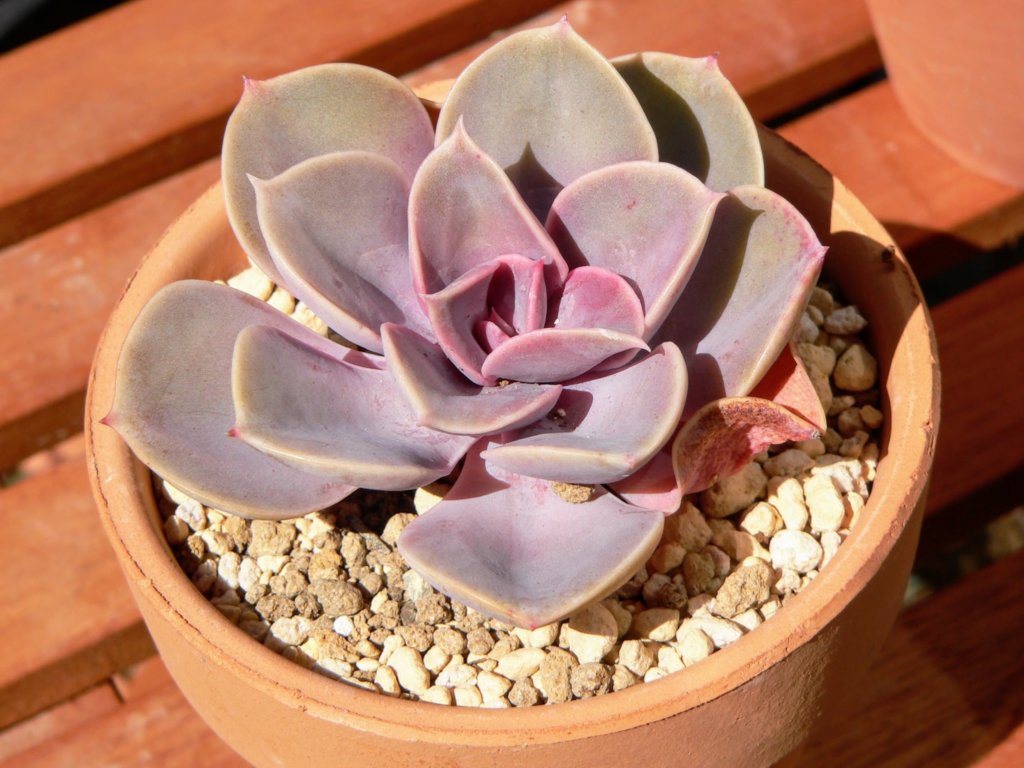
Echeveria elegans hybrids are prized for their compact growth and neat rosettes. When crossed with other species, they can take on new leaf shapes and patterns while keeping the tidy look that E. elegans is known for.
An example is Echeveria ‘Perle von Nürnberg’, a result of crossing Echeveria gibbiflora ‘Metallica’ and Echeveria elegans. This hybrid has a soft purple hue and a pearly sheen that appeals to collectors. Another rare form, ‘Rainbow’, has a gradient of pink, cream, and blue-green leaves.
Because these hybrids keep the durability and ease of care of E. elegans, they’re suitable for both beginners and experienced collectors. Their color changes in sunlight give extra interest throughout the year.
Cultivars With Distinctive Traits
Some rare Echeveria hybrids are recognized for very unique leaf traits. For example, Echeveria ‘Raindrops’ is named for its raised “drop” on each leaf, which becomes more pronounced with age. Other cultivars have pronounced carunculations, which are crusty or warty outgrowths that provide extra visual interest.
A few rare hybrids include Echeveria agavoides crosses that produce sharp, pointed leaves with red tips. These can be especially eye-catching in mixed succulent collections.
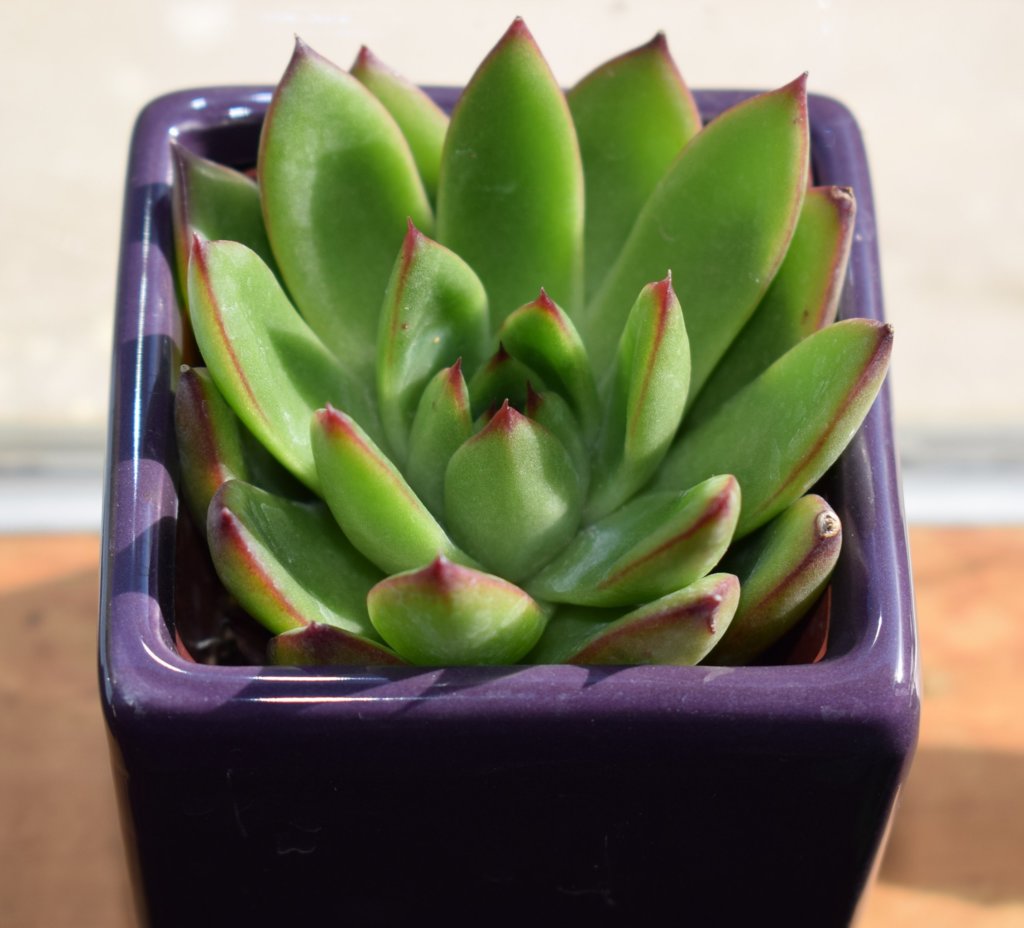
You can also find hybrids with deeply frilled or multi-colored leaves. These cultivars often serve as centerpiece plants because of their unusual shapes and bold appearances.
The Art and Process of Hybridizing Echeveria
Hybridizing Echeveria lets you create new plants with special shapes, colors, and features. This process involves careful plant selection, the use of specific pollination methods, and an understanding of plant genetics.
Selecting Parent Plants

For successful hybridization, you must choose parent plants that show healthy growth and strong traits. Commonly, plant breeders look for Echeveria varieties with vibrant colors, unique leaf patterns, or frilled edges. Some favorites are Echeveria ‘Afterglow’, ‘Perle von Nurnberg’, and ‘Imbricata’.
Select plants that flower at the same time to make pollination easier. Disease-free and mature plants will produce the best seeds. When selecting, think about desirable features, such as compact size, drought resistance, or rare variegation.
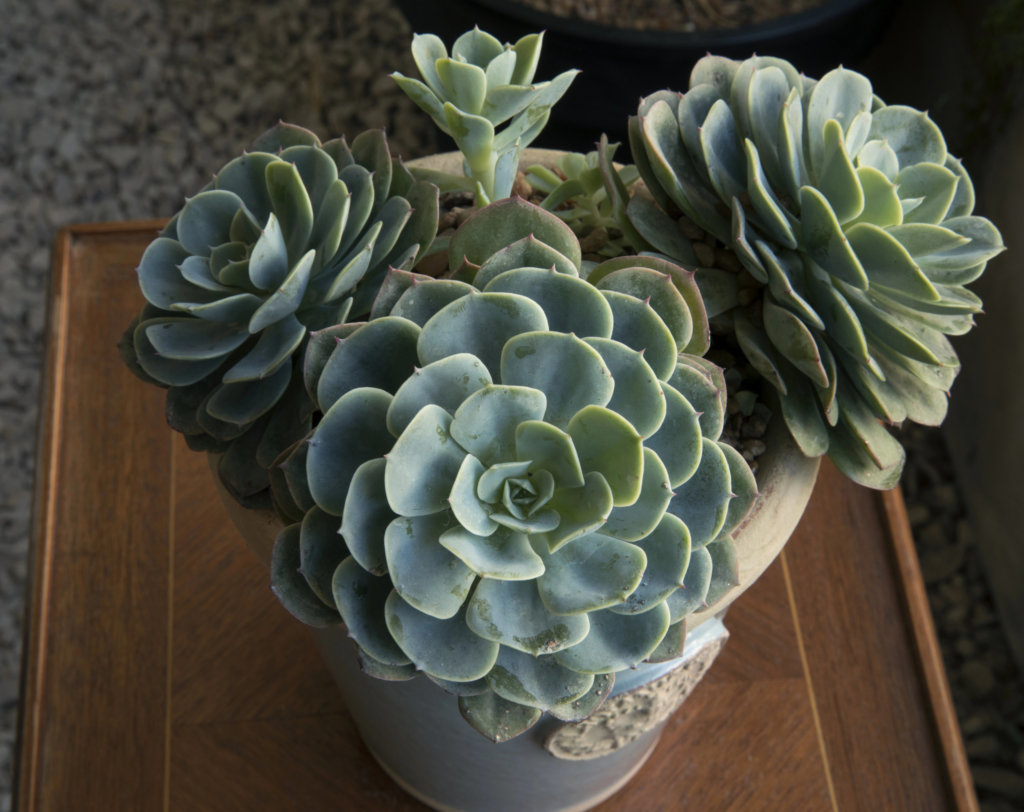
Hybridization Techniques
The most common technique is hand pollination. To start, use a small brush or cotton swab to collect pollen from one Echeveria flower and gently transfer it to the stigma of another. Clean your tool between uses to avoid mixing pollen unintentionally.
It is best to do this in the morning when flowers are open and pollen is fresh. Label all your crosses to keep track of the parentage. After pollination, seeds may take several weeks to form. Once ripe, carefully harvest and dry the seeds before sowing them.
Patience is key; hybrid seeds may take many months to grow into mature, identifiable plants. Sometimes only a few seeds will result in unique or desirable hybrids.
Traits and Genetics in Hybrid Echeveria

When you cross two Echeveria, you combine their genetic material. The resulting hybrids may show traits from both parents, such as color mixing, leaf forms, or growth habits. Sometimes, you will see carunculations (crusty textures), frilled edges, or unusual rosette shapes.
Most rare hybrids are grown from seed because this process allows for genetic variation. Traits don’t always pass down equally; dominant genes can mask some desired features.
Understanding basic genetics helps predict possible outcomes. Succulent enthusiasts may keep a record book to track which combinations give the most impressive or rare results. Over time, repeated crosses allow breeders to create stable, new cultivars from initial hybrids.
